Buyers Guide Jaguar X-Type X400
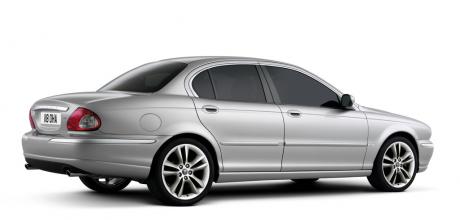
The smallest Jaguar makes an affordable and practical if controversial modern classic but it does have its pitfalls. Here’s what you need to know.
WORDS PAUL WAGER
BUYING X-TYPE THE ESSENTIAL INFO
Will this very capable sports saloon ever be any more affordable? Here’s what you need to know.
To some extent the best classics are those which are controversial enough to arouse fierce debate and the X-Type is certainly one of them. With the earliest cars having clocked up their 20th birthday, it’s also old enough to qualify for modern classic status, something reinforced by its significance to Jaguar as a brand.
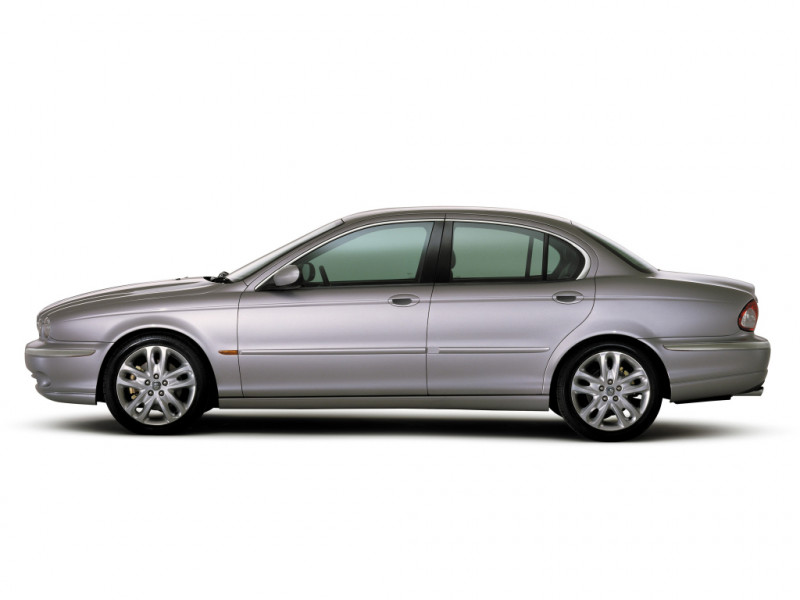
One of Ford’s key aims for Jaguar was to lift production over the 100,000 mark and this was achieved with the S-Type, but Detroit management was keen to raise the bar even further by adding a smaller model to sit below the S-Type and challenge the BMW 3-Series E46.
All fine in principle but not quite so easy in practice since all the smaller platforms within the Ford empire used a transverse engine allied to front-wheel drive… which simply wouldn’t fly as a Jaguar product.
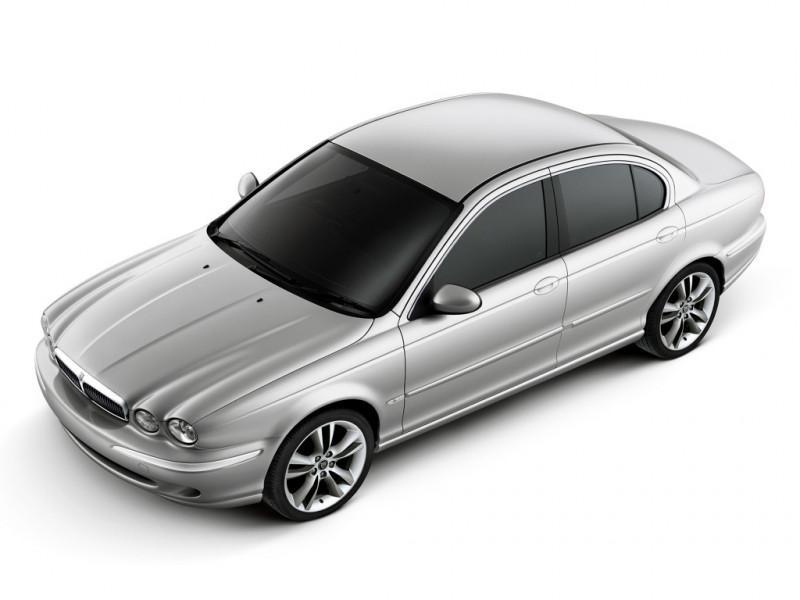
This meant that pretty much the sole choice was the ‘CD132’ platform as found under the 2002 Mondeo, which was comprehensively re-engineered by Jaguar including the addition of four-wheel drive to avoid the stigma of a front-driven Jaguar.
The front suspension was revised, while in the conversion to all-wheel drive the rear end received what was essentially the independent rear set-up developed for the Mondeo estate. In the Ford this was used to give the estate a flatter load area but in the X-Type it allowed a rear subframe and differential to be added for rear-wheel drive. The 4x4 system used a separate transfer box with a viscous coupling to send drive to the rear wheels, the car retaining a rear-biased torque split. Engine options initially included 2.5 and 3-litre versions of the Duratec V6, joined by a smaller 2.1-litre V6 (badged as a 2-litre) in 2002 as a front-drive only offering. Meanwhile, the first four-cylinder Jaguar since the days of the SS models appeared in 2003 in the shape of the X-Type diesel. Using the 128 bhp 2-litre unit from the Ford Mondeo TDCi, it was available only in manual front-drive form, while the estate joined the range in 2004. In 2007 the diesel option was upgunned to a 2.2-litre, 152 bhp option which transformed its performance and with a facelift, the X-Type continued to sell in reasonable numbers until it was axed in 2009 when the Halewood production line was earmarked by Jaguar Land Rover for the new Evoque.
Jaguar wouldn’t return to the market until the launch of the equally divisive XE in 2015.
For some years now, the X-Type has been lingering in a twilight zone with a small but enthusiastic following and general indifference from all except Jaguar enthusiasts. Unloved by the market and car trade in general, the X-Type is now an astoundingly cheap car – but does that make it a secret gem?
The answer most likely is a resounding yes. It’s not without good reason that many of the classic car dealers rely on an X-Type estate as everyday transport, appreciating its compact size, modern dynamics and easy-going nature… as well as its affordable purchase and running costs.
Until recently the diesel commanded something of a premiumbut the backlash against oil-burners in general coupled with higher fuel prices and greater potential maintenance has cancelled that out. The diesels were also offered only in front-wheel drive form meaning they don’t come with the handy winter traction advantage.
All of which makes the V6-powered cars the ones to have and in either 2.5 or 3-litre form the X-Type is a very capable car. Yes, you can spot bits of Ford-derived trim and switchgear here and there, but the same goes for a contemporary Aston Martin and the Mondeo platform was in truth a very good place to start.
The Duratec V6 is a tremendous engine, smooth and largely reliable, too. It’s perhaps at its best in 3-litre form since the 2.5 needs working that bit harder, especially with the automatic box and a nicely maintained X-Type is a pleasurable way to travel.
It’s one of those cars which still looks presentable even in bargain basement form, a testament to the quality of paintwork and the type of owner they tended to attract. This can make the X-Type something of a best-kept secret, but they can still bite you.
WHAT TO LOOK FOR
BODY
The X-Type was a well-made car and in fact the Halewood plant won awards within Ford for the quality of its paintwork, meaning that even neglected examples will regain a lustrous shine with a proper buffing.
External trim is generally long lived too, while cloudy plastic headlamp lenses can be polished up successfully. The bumper skins are held in place by a series of clips and can easily be dislodged in parking misadventures, meaning they look lopsided but removing and reinstalling them properly is straightforward DIY – and usually successful even with one or more broken clips. Your biggest issue will be the spectre of rusty sills. The issue is that they’re hidden by plastic covers, making inspection tricky since the retaining clips invariably break when they’re removed. In extreme cases, this can mean welding work equal to the value of the car, but you can equally get lucky and find a car with solid sills. Checking the car’s MoT history together with some judicious feeling and prodding is sensible. In the worst case, repair panels are available from Jaguar specialists for a neat repair. Headlights can suffer when the adjusters break up, leaving the bulbs unsecured but the units can be split apart using a heat gun and plenty of patience before being rebuilt with new higher-quality adjusters.
SUSPENSION
The X-Type’s layout is largely based on the Mondeo, with the rear end based on the Mondeo estate’s space-saving layout. This means that parts like springs, dampers and bushes are all available from stock and regular garages will be familiar with the layout. Creaking from the front can be down to worn top mounts or broken road springs, both of which are common.
TRANSMISSION
Both manual and automatic gearboxes are robust and problems will be obvious. A whirring or grinding from the propshaft area on all-wheel drive models which may come and go, will most likely not be the gearbox but the propshaft bearing which was a common issue even when the cars were new. It’s an easy DIY replacement but many owners have found that simply slackening the mounts and moving its position very slightly to relieve any tension can solve the issue.
A side-effect of the Mondeo platform being designed for front-wheel drive is that the structure didn’t leave much room for the four-wheel drive hardware and as a consequence the transfer box is on the small side. This means a correspondingly small oil capacity and the slightest leak will leave it running perilously low.
Draining and refilling the transfer box can extend its life greatly, but since there’s no drain plug provided and even workshop vacuum drain kit won’t get it all out, the official solution is to tilt the car to a crazy angle. This is easy enough with a workshop lift although tricky to achieve safely at home but is well worth doing. Some owners have had the casing modified to accommodate a drain plug to facilitate regular changes.
ENGINE
The Ford-derived Duratec V6 is a known quantity and really very reliable, with problems generally down to the componentry surrounding it. Oxygen sensors are a common issue and many’s the X-Type with the engine management light glowing permanently as a result. There are two of them and the front one is easy to change, but the hard-to-access rear sensor can be a real mission even with the proper tool. Similarly, spark plugs are hard to access on the rear cylinder bank so can get overlooked in DIY servicing.
Oil leaks are common and if you notice a smelly heater then check the crankshaft seal which can be accessed through a hatch in the plastic offside inner arch liner. It’s a cheap part and an easy DIY fix.
The diesel is only available in front-drive form and is generally reliable but can get expensive at high mileage, notably when injector problems arise. Given that few people buy the X-Type as a high-mileage car these days, we’d suggest the petrol V6 is the sensible option.
BRAKES
There’s nothing much to worry about with the brakes themselves, beyond the usual issues like seized calipers which are easily sorted with exchange units. The ABS system can present more challenging issues though, since the trigger rings are bonded on to the rear driveshafts.
When the warning light comes on, the first step is to change the sensor which is a quick and cheap job, but if it persists then the only solution is a new driveshaft.
INTERIOR
In general the interiors are well wearing, although the driver’s seat bolsters can suffer on high-mileage cars. If the leather simply looks tired rather than damaged, amazing results can be achieved with leather recolouring kits, while little things like replacement gearshift gaiters are easy ways to tidy up a tired example. The standard-fit stereo doesn’t offer a modern aux input, but for the original cassette unit, it’s possible to solder an input into the cassette deck connection and keep everything looking original.
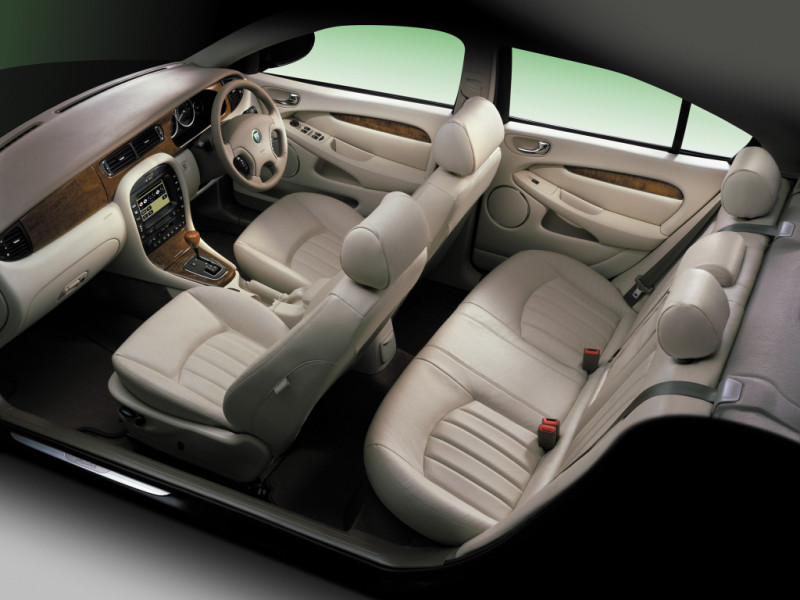
If the heater air flow seems poor, it may just be down to the cabin filters which are located under the plastic scuttle trim but don’t always get changed since doing the job involves removing the wiper arms.
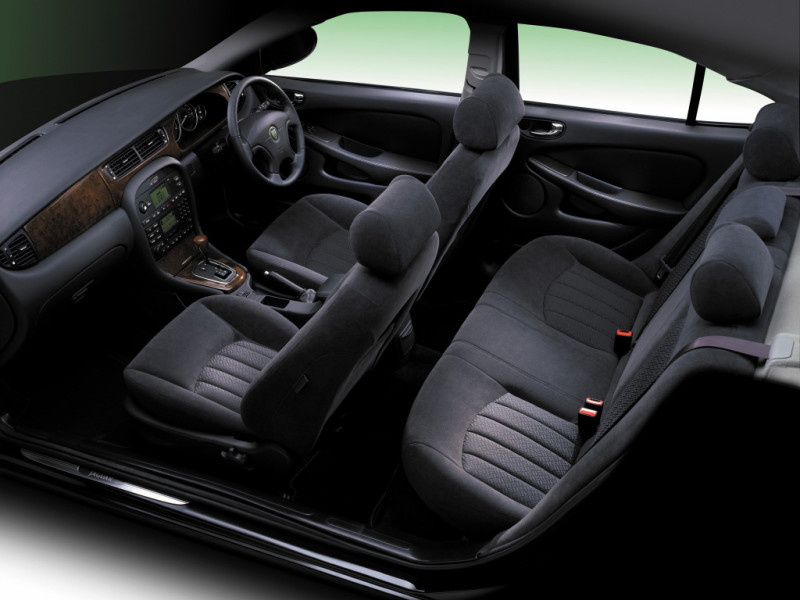
VALUES
You’ll pick up an X-Type for as little as £500 or as much as £5000 and under the skin they could very easily be the same car. If the spectre of sill rot bothers you, then the key is to buy as late a car as possible, otherwise don’t be put off by high mileage but buy on condition and history.
The cheapest petrol models are the 2.1- litre front-drive V6, yours for as little as £750 to £1500 in presentable condition. We’d ignore those though and concentrate on the 2.5 or 3-litre with their all-wheel drive. The 2.5 is the more common car and high-milers with long MoTs start at £950, rising to £1400 for cars with 60-70,000 miles. Move up to £1800 for 50,000-mile cars or the Sport or Sovereign spec. The 3.0-litre is rare enough to command a slight premium, with really clean examples starting at just over £2000.
The estates are a useful tool and to some eyes better looking than the saloon but don’t seem to carry a premium in petrol form. They do however represent the top of the X-Type tree in late-model 2.2 diesel form, for which many vendors will ask as much as £5000. What they ask and what they get though are very different things, so educate yourself with a ‘sold items’ search on eBay first to avoid getting a false idea of X-Type values.
THE FACELIFT
It’s reckoned by those in the know that the final X-Types produced in 2009 were almost a different car from the original, such was the level of incremental improvement throughout the production period.
The turning point was the 2007 facelift (for the 2008 model year) which Jaguar claimed introduced no less than 500 changes. Easy to spot was the new mesh front grille with an inset Jaguar ‘growler’ badge, together with reshaped bumpers at both ends, restyled sills and a chrome trim across the bootlid.
The door mirrors were also revised, gaining integral repeater indicators and the internal door trims were restyled. Elsewhere on the inside, chrome trim on dash vents, steering wheel and centre console together with restyled instrument faces lifted the ambience, while seat upholstery was revised and modern infotainment was added, including Bluetooth and DAB radio options.
The drivetrain remained unchanged except for the new option of a six-speed automatic transmission with the 2.2-litre diesel. The facelifted cars were found in showrooms from March 2008.
TECH SPECS
- 2.0 V6 2.5 V6 3.0V6 2.0TD 2.2TD
- ENGINE CC 2099 2405 2967 1998 2198
- MAX POWER BHP 157 194 231 128 152
- TOP SPEED MPH 130 135 144 125 137
- 0-60MPH 8.9 7.3 7 9.9 8.5
- ECONOMY MPG 30 35 32 50 47
- GEARBOX 5-spd man / 5-spd auto (6-spd on 2.2TD)
- LENGTH M 4.7
- WIDTH M 1.4
- WEIGHT KG 1450 1555 1555 1502 1502

